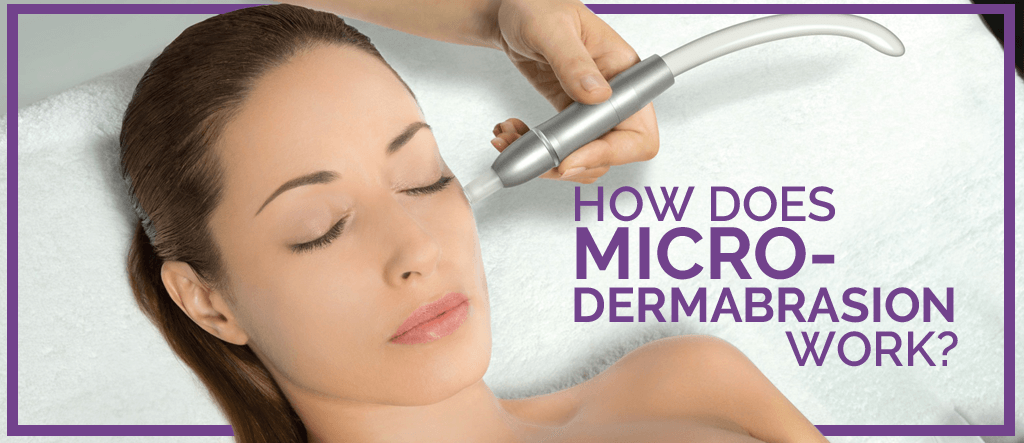How does microdermabrasion work?

We are all born with beautiful skin. Throughout the years our skin changes, depending upon environmental factors, the aging process, and how we maintain its appearance.
Fortunately, 21st-century technological advances allow us to “cheat” Mother Nature. Microdermabrasion, a noninvasive facial treatment that helps restore a youthful glow to the skin, is one of those technologies. .
How does microdermabrasion work?
Microdermabrasion is today’s updated version of dermabrasion, which was originally developed to treat acne scars, pockmarks, and minor scars from injuries or various diseases. It works by exposing a healthier, younger layer of skin through the removal of dead cells on the skin’s surface.There are two types of microdermabrasion machines. One utilizes a diamond tip to exfoliate the skin; the other polishes problematic areas by spraying tiny crystals on the skin’s surface.
Diamond-tip microdermabrasion systems such as PRISTINE are generally favored for their safety, since there is no risk of the patient inhaling any crystal particles. This also means that dermatologists can use it freely around the nose and mouth.Utilizing a vacuum head, the instrument sucks the skin up to its diamond-coated tip, which gently abrades the surface and takes off dead skin cells, treating any problematic area in its entirety.
What to expect from microdermabrasion
Microdermabrasion works best on acne scars, discolorations, and coarse texture caused by sun damage. It even works on wrinkles.
The result is evident in an instant. The skin’s surface is smoother, its freshness and glow immediately visible.
Because microdermabrasion is a physical process that uses a certain amount of pressure, temporary redness is a possible occurrence, but not for long—it usually subsides in less than 24 hours.
Microdermabrasion or chemical peel?
Microdermabrasion is a physical exfoliation method. Peels do a similar job but use chemicals instead—mostly glycolic acid, which is derived from sugarcane. A liquid of a specific strength, which can vary depending on intended use, is evenly applied to the problem area and then neutralized after 5 minutes. The patient will most likely experience a tingling sensation.
Microdermabrasion and chemical peel are both exfoliating treatments, and they have very similar outcomes. A glycolic peel has the additional effect of penetrating the pores, thereby allowing your skin-care products to reach deeper into the skin. On the other hand, microdermabrasion positively affects the production of collagen and elastin, giving the skin an even more vibrant look.
The choice is up to you, but don’t forget that your skin is the largest organ of the body and should be treated carefully. This is why we advise a consultation with a professional before you make your decision.

